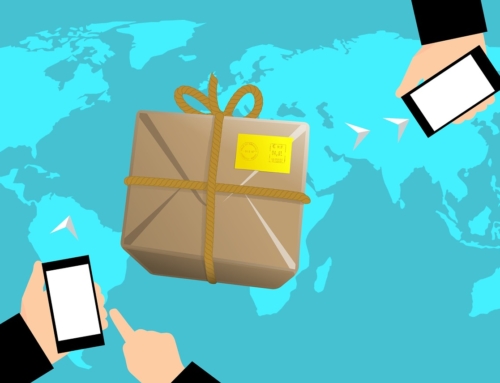Returns have been an inconvenience for retailers long before we could all buy whatever our heart desired on the Internet.
But today, they’re high stakes, with about a 30 percent return rate overall for eCommerce and an even higher 40 percent for returns to eCommerce clothing retailers. That’s serious money for eCommerce retailers of all sizes and shapes.
Returns Can Be Costly, But You Can Fight Back
You’d never dream of throwing away each and every return that entered your warehouse, but when you make reverse logistics mistakes, you might as well be doing that very thing. Instead of throwing goods away, though, you may be practically giving them away or wasting too much time and getting too little money back. As it turns out, you can squeeze quite a bit of cash out of those returns, if you’re willing to rethink how you do things.
Here are a few tips to help your reverse logistics process become far more efficient and far less expensive:
- Stop wasting time. Whether you’re arguing with customers over the reason their product should be returned, forcing customers to wait for a mailed-out return label or using a skeleton crew to process returns, causing them to reach the sales floor more slowly, time is money.Don’t argue with your customers, give them a no-hassle returns policy; stop mailing out return labels, provide those with every order; and whatever you do, make sure there’s enough manpower to return items to inventory fast.
- Start paying attention to your data. If you notice that you have more returns from items that were initially delivered by UPS or your customers keep returning clothing in a particular color, there’s data there waiting to be mined. Today’s business models are just as dependent on predictive data as they are on dollars and cents, if you’re ignoring these valuable signs from your customers, you’re missing out.Too many returns from UPS means there’s a shipping problem there, look at the other information you have to determine if you’d be able to reduce returns simply by using sturdier packing. Lots of returns of related items may point to a problem with how that item is marketed or photographed.
- Don’t handle your own returns. Unless you have a huge warehouse facility and space for a team large enough to both process returns and explore routes for repairing or reselling items that still have some value, you’re probably missing out on a lot of money from the potential reuse of your less retail friendly merchandise.It might mean that your team develops relationships with resale shops or signs a contract to sell all your faulty electronics to a particular company for the metals inside, but those products that aren’t 100 percent still have value and there are companies that want them.
No matter how you turn it, reverse logistics mistakes can cost you a lot of money. Instead of leaving cash on the table, get the help you need to preserve as much of the value of your returns as possible. The idea of reverse logistics won’t be nearly so daunting when there’s some profit attached!






Leave A Comment